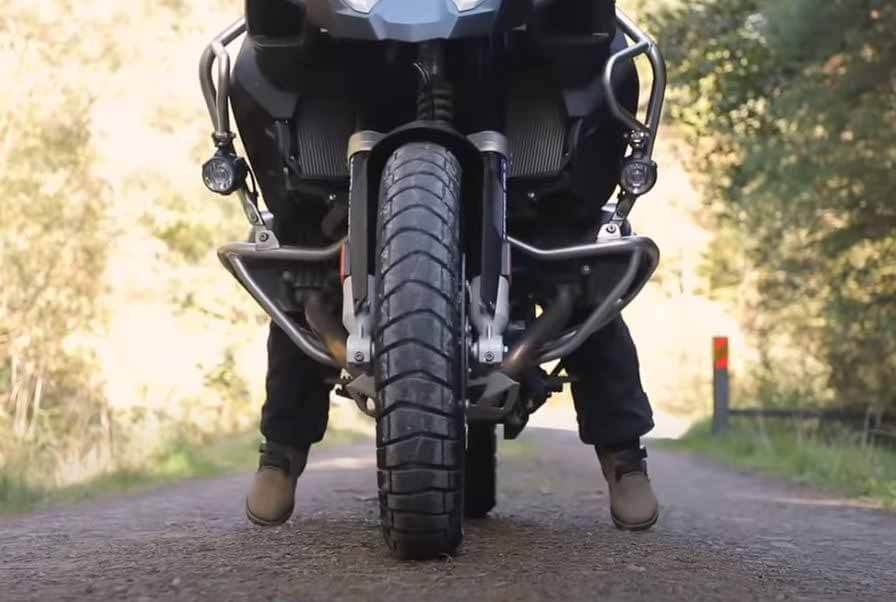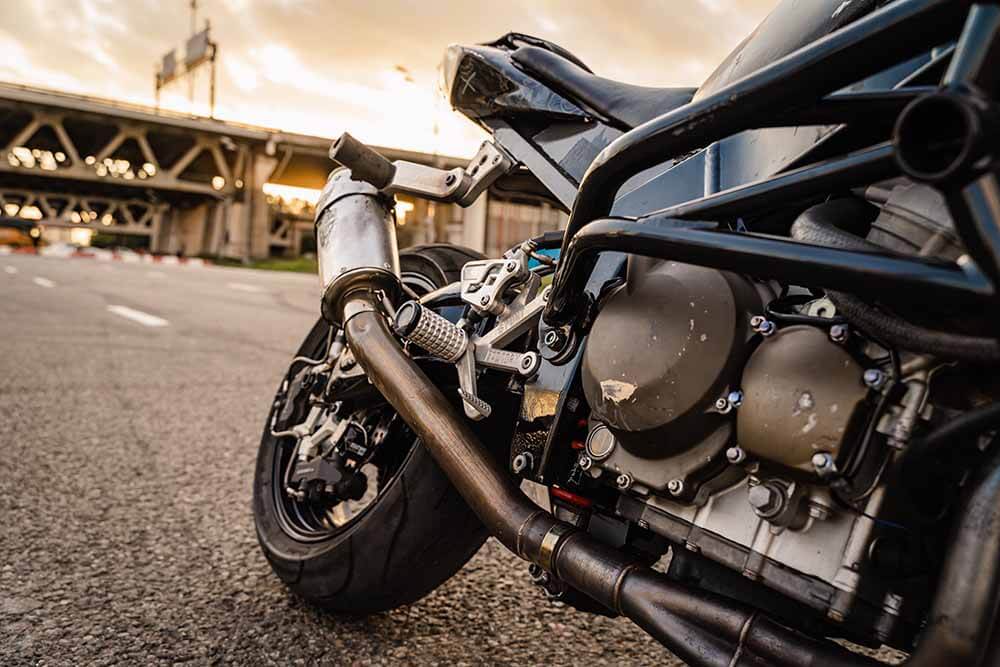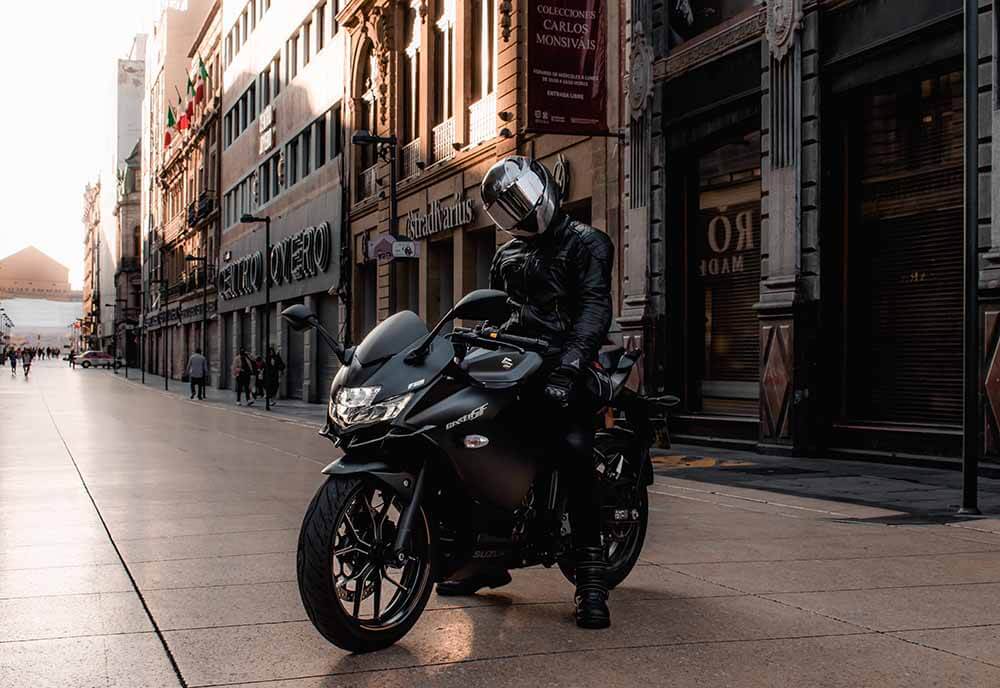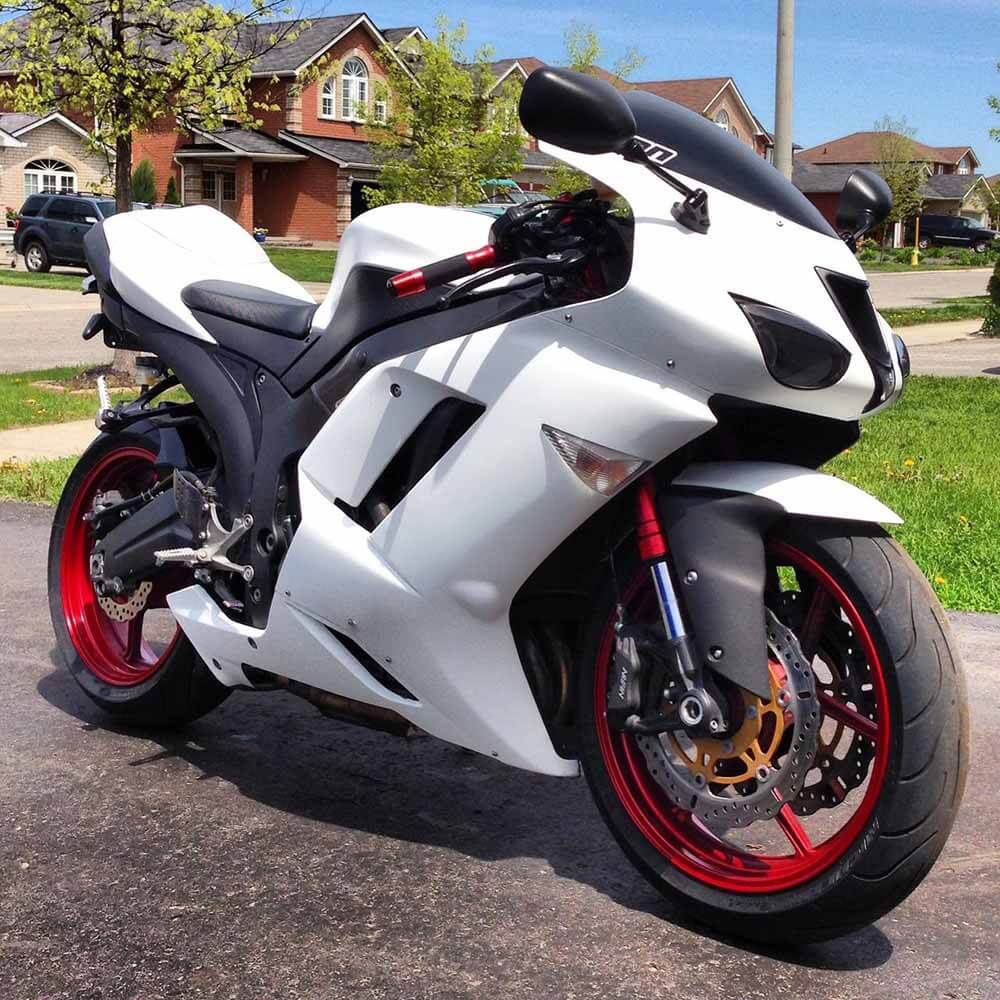It’s somewhat of an irony that as many motorcycles get lighter, there are bikes out there that are heavier than ever before, there is a whole range of factors to consider when buying a motorbike, including the purpose for which you intend to use it and your riding style.
Heavy bikes present many challenges, especially if you aren’t used to them. They perform differently and have different response times which means the way that you ride them is often different from a lightweight motorcycle. The following tips aim to help keep you safe on a heavier bike.
Tips for Riding Heavy Motorcycles
Master a Light Motorcycle First
Heavy motorcycles are ideally suited to the open road, weaving in and out of traffic on a heavy bike isn’t easy, especially if you’re relatively new to motorcycling. The best tip you will get is don’t buy a heavy bike. Your pocket will thank you because it is considerably less expensive to drop a light bike. Spending a couple of years learning technical skills and gaining rating experience on a light bike is the best way to ensure that when you get your dream bike, both you and it look the part.
The skills required to ride a heavy bike and a light bike are exactly the same. The difference is when you are learning a light bike is a lot more forgiving when it comes to poor technique.
The Stop and Go
You need to be able to come to a controlled stop on a light bike, or a heavy bike is a no-go. The most common place to drop a bike is at a controlled stop and it’s usually due to poor technique. The key is to maintain an equal balance between both sides of the bike. Coming up to a controlled stop means keeping the handlebars straight, head up, and eyes forward. Use the rear brakes only rather than both as that will give you more control when slowing.
Once you’re stopped, you’re going to look mighty silly if you don’t know how to go when the lights change. Going somewhere quiet and practicing the skill over is a great idea when you first start up. It takes the pressure of people watching and doing it repeatedly helps develop muscle memory.
Feet and Posture when Turning
Second in the hierarchy of essential skills is knowing and mastering the art of turning, especially making a sharp turn. It’s crucial that you maintain your posture on the bike. As you enter the turn ensure you are sitting up straight on the bike and tilt your body in the direction of the turn. At the same time extend the foot on that side of the body. For example, if making a right turn, tilt right and extend your right foot.
Extending your foot and using it during the turn helps with your stability the turn. It also means it’s easier to adjust your body position as you turn. Ensuring that you are sitting straight on the bike helps with balance and keeping your eyes straight ahead. Practice making the turn from a stop as well.
Smooth Handling of Brake, Clutch, and Throttle
With the weight comes to power, which means it’s important to keep the pressure on the clutch and throttle down. Being able to smoothly transition between gears is essential to establishing perfect control over the bike’s speed and handling. It also negates the need to use the front brake, which helps maintain your overall balance on the bike. When you use the front brake the weight shifts forward, disrupting the bike’s equilibrium, which increases the likelihood of you losing your balance, and ultimately, control.
Wear High-Quality Motorcycle Boots
A pair of high-quality boots never goes amiss, irrespective of the weight of your bike. However, it’s of critical importance when you ride a heavy bike. It’s important to ground your foot solidly when stopping or turning. By investing in a pair of high-quality riding boots you decrease the chances of your foot slipping.
Practice Makes Perfect
There’s a lot of truth to the old saying, practice makes perfect. In the case of riding a motorcycle, this is on the money. The best way, well, the only way, to become competent in handling a motorcycle is by practicing the key techniques. When you eventually upgrade to a heavier bike, keep practicing. It’s the best way to familiarize yourself with the different feel of a heavier bike.
Parking
Parking is a pretty important skill when riding. When parking looks for flat, non-slippery space. If you do need to park on a slope, make sure it has an uphill camber to ensure that the pressure from the weight doesn’t cause it to topple over.
How Important is Strength?
When it comes to riding a motorcycle, strength isn’t as important as you might think, with balance being the critical attribute necessary. This means you are able to balance the motorcycle, get on without assistance, and maintain your balance while on the motorcycle. The thing that will help you do this isn’t strength, it’s practice.
It’s the skills that you develop that will keep you safe on the motorcycle. Learning how to maneuver your bike through traffic means that you don’t need to have large strength reserves to ride a heavier bike. Your strength will, in any event, improve the more you practice. In the event your strength doesn’t seem to be improving from practice, it may be because you aren’t compatible with your bike. It happens. Sometimes the rider’s style makes them incompatible with certain bikes.
How Can You Tell If a Motorcycle is Too Heavy?
Generally speaking, there are several ways to tell if a motorcycle is too heavy or too large for your size and strength. There are a couple of dead giveaways. If you can’t touch both balls of your feet to the ground while sitting on the Nike, then the bike is likely to be too big for you.
This doesn’t mean you can reach the ground on tippy toes; it means you can place both feet properly on the ground at the same time. Remember the higher the cc rating of the motor, the larger the bike. A good rule of thumb is if you can’t lift the motorcycle from lying on the ground to upright it’s probably too heavy for you.
Best Motorcycles for Small People
Small people and those low on strength might choose a bike that best fits their needs without showing them up. This usually means keeping this group on smaller bikes that usually have a cc rating under 500 or are lighter, such as the.:
- Honda CB 300R
- Honda Rebel 500
- Harley Davidson SuperLow
- Kawasaki Vulcan S
- Suzuki SV 650
These bikes all have a seat height of 30 inches or lower to help with maintaining balance, especially when getting onto the bike.
At the end of the day riding a heavy bike safely comes down to the rider and their abilities. Taking the time to learn basic skills well is the best tip out there when it comes to riding a motorcycle, but particularly a heavy motorcycle.
Information for this article was partially sourced and researched from the following authoritative Government, educational, corporate, and nonprofit organizations:
About the Author:
Michael Parrotte started his career in the motorcycle industry by importing AGV Helmets into the North American market. He was then appointed the Vice President of AGV Helmets America, total he worked with AGV Helmets for 25 years. In addition, he functioned as a consultant for KBC Helmets, Vemar Helmets, Suomy Helmets, Marushin Helmets, KYT Helmets, and Sparx Helmets.
In 1985, He is the Founder of AGV Sports Group, Inc. cooperation with AGV Helmets in Valenza Italy
Click here for LinkedIn Profile: https://www.linkedin.com/in/parrotte/
Click here for complete AGV Helmet & AGVSPORT History https://agvsport.com/michael-parrotte
Click here for all AGV Sports Group Social Media information http://agvsport.info/
FM/L




